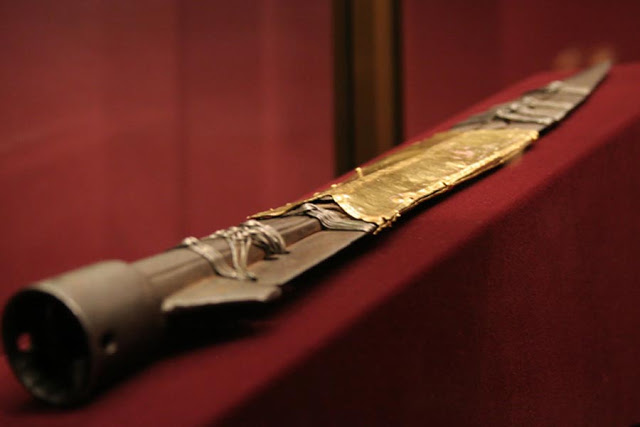
The Great Lent is near. It is time for every Christian to pause and think what he or she should give up for the Lent. What am I capable of? Why do various calendars contain various fasting regulations? Why do priests give conflicting advice? Can I just decide for myself what to give up for the Lent? Let’s try to figure it out.
1. Fasting is critically important for the spiritual life of a Christian because it is blessed by our Lord Jesus Christ himself, And Jesus said unto them, Can the children of the bridechamber mourn, as long as the bridegroom is with them? but the days will come, when the bridegroom shall be taken from them, and then shall they fast. (Matthew 9:15). The Church, represented by Her hierarchs and Holy Fathers, has spoken in favor of fasting for more than 2,000 years.
2. Fasting is not the ultimate goal for the Orthodox. It is merely a means to an end, and we should always keep that in mind. Our ultimate goal is communication with God and participation in the transformed life of the Risen Christ, while fasting is useful in our battle against sins and passions that prevent us from filling our lives with the Holy Spirit fuller and more effectively. Bodily abstinence must always be accompanied with internal restraints on our desires, a struggle with bad habits, and attempts to learn something good and useful.

3. The numerous and manifold rules of fasting, times of the day when foods of certain well-defined characteristics must be eaten, and many a tiniest detail are prescribed in the Typikon or Charter. The Typikon that the Orthodox Church uses now was developed by the monks of St. Sabbas Lavra in Palestine for internal use but was later adopted by the entire Eastern Church.
4. The current fasting guidelines in our Church are based on the monastic charter and their original intent was to regulate internal life of a monastic community. That is why we cannot apply all rules and regulations automatically to the life of a regular lay person who lives in a modern city. Fasting in strict adherence to the rules is the ultimate and the most sophisticated symphony, and few can perform on this level. That is why we are left to imitate certain aspects and try to stay true to the spirit of such a fast.
5. Each monastery and each Local Orthodox Church has its own variations of fasting regulations, which take their climate, rhythm and conditions of life into account. Therefore, Christians should consider their actual circumstances in this respect. For example, the Charter of Holy Mount Athos allows the monks to eat seafood, except fish, on all weekends of the Lent, due to lack of vegetables and fruit in that region and abundance of seafood. The Charter of Solovki Monastery allows to eat fish on Sundays and on the days of the most revered saints. This practice is explained by the harsh climate and the necessity to stay strong to be able to carry through.
6. There are no meals in modern Russian monasteries on the first days of the Lent. Most monks and nuns don’t eat anything at all prior to the communion during the Liturgy of the Presanctified on Wednesday. However, there is always some lenten food on the table in the refectory so that those who need it could eat.
7. We treat fasting rules in a too formal and pharisaical way. The Great Lent isn’t the time to eat expensive and exotic seafood, which, albeit lenten, costs more than a modest chicken. Let’s keep in mind that the Lent is not just the season for ascetic abstinence but also for active charity. By reducing the amount and quality of food you consume, you can save a lot of money, which you can then donate to charitable causes. That is the biblical approach to fasting: [Is] not this the fast that I have chosen? … [Is it] not to deal thy bread to the hungry, and that thou bring the poor that are cast out to thy house? when thou seest the naked, that thou cover him; and that thou hide not thyself from thine own flesh? (Is. 58:6-7).

8. We have to remember that bodily fast must definitely be accompanied with prayer and participation in Lenten services, which convey the very spirit of the Lent, the lucid sadness that shines upon our road to Easter. The Great Lent is a season of temptations, for we aim to imitate Christ who was likewise tempted by the devil while fasting for forty days in the desert. Praying more frequently and zealously, along with participating in the Sacraments of Confession and Communion, is one of substantial aspects of our Lenten endeavors.
Therefore, let us consider our strength, evaluate our spiritual and physical conditions, and enter this blessed spring season leading up to Easter.



